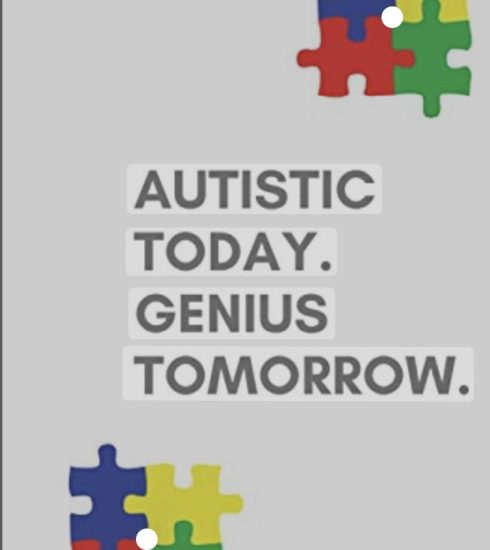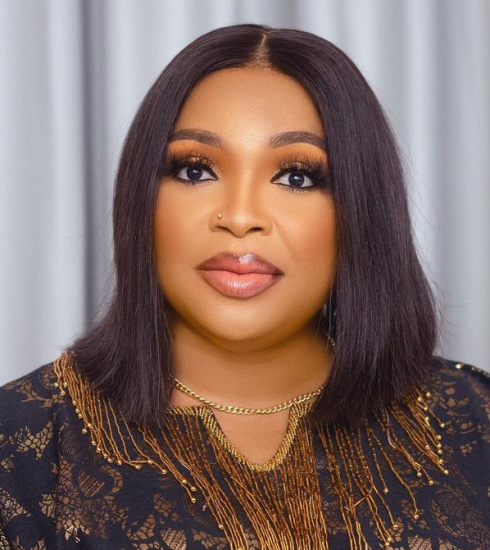A Guide To Understanding ADHD in Adult Women
Adult attention-deficit/hyperactivity disorder (ADHD), long misconceived as a condition limited to hyperactive boys, manifests uniquely in women, often leading to a delayed or missed diagnosis. This oversight stems from ADHD’s subtler presentation in females, characterized by disorganization, distraction, and forgetfulness, rather than the overt hyperactivity commonly observed in males.
Women with undiagnosed ADHD frequently experience a sense of inadequacy, internalizing their struggles as personal failings. This misinterpretation can lead to secondary issues like depression and anxiety, further complicating the diagnosis. Recognizing these ADHD symptoms as part of a neurological condition rather than character flaws can be a transformative, liberating moment for many women, shifting the narrative from self-blame to self-understanding and compassion.
The evolution of ADHD research has significantly broadened our understanding. Initially perceived as a childhood disorder predominantly affecting boys and resolving by adolescence, it’s now recognized as a lifelong condition that can persist into adulthood. Current research categorizes ADHD into two main forms: inattention and hyperactivity/impulsivity, with the former more prevalent among women.
Despite advancements in research, disparities in ADHD diagnosis between genders persist. In childhood, boys are more frequently diagnosed, while in adulthood, the diagnosis rates between men and women are nearly equal. This gap is attributed to the less noticeable nature of inattentive ADHD in girls and societal biases that contribute to its underdiagnosis. Additionally, adaptive coping mechanisms developed by women often mask their ADHD symptoms, further delaying recognition and intervention.
For individuals suspecting they might have ADHD, the journey towards diagnosis and effective management can be challenging. While online tools provide an initial assessment, a comprehensive evaluation by a trained professional is crucial. This should include a detailed personal history and consideration of other conditions that might mimic ADHD symptoms.
Upon diagnosis, a holistic management plan is recommended, encompassing medication, psychotherapies like cognitive behavior therapy, skills training, support groups, and stress-reduction techniques. This approach acknowledges the unique challenges and strengths of each individual, paving the way towards improved functionality and self-esteem.
Recognizing the diverse presentations of ADHD in women is crucial for effective diagnosis and treatment, ultimately leading to personal growth and a more inclusive understanding of mental health.

Ntianu Obiora is a versatile creative professional with over a decade of experience in publishing, marketing, communications, and digital strategy. She is the Online Editor at THEWILL DOWNTOWN





